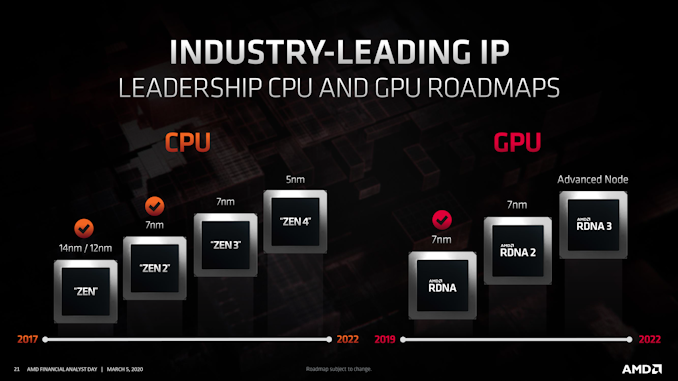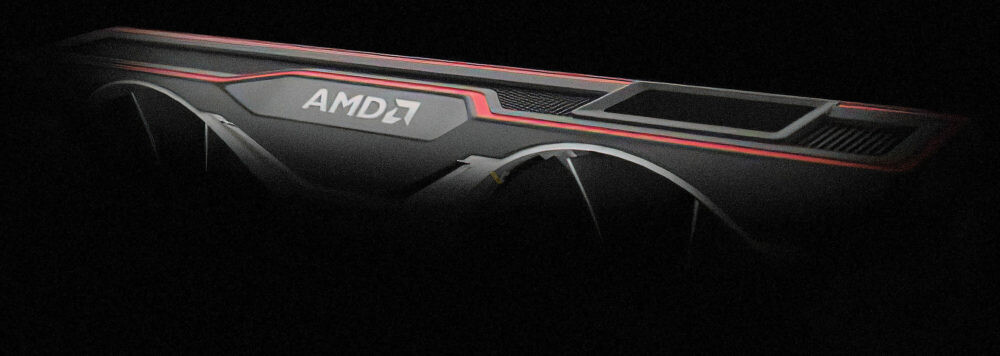
www.phoronix.com
I checked out the branch and quickly went through the diff...
Basically using Navi10 infrastructure, so nothing new or exciting features can be gleaned from the patches yet.
Seems like a consumer chip, has no SRIOV support, in SW at least. Has no PCI ID, but internal code indicates it is
GFX103X
Changes from this patch
- New Display Core
- New Video Core
- VCN 2.1 --> 3.0
- Lots of new encoders/decoder blocks
- Supports JPEG 3.0
- Minor SMU Update
- Exposed new PCI Audio device
Seems like there are two new clock domains for the Video and Display engine, so 2 clock domains for Display and 2 clock domains for Video.
Major takeaway is that there are major changes in the display and video subsystem which should be good. (I read a bunch of patents lately for AMD and most of their patents are related to power efficiency in Video transcoding and compression. Could be related here)
Last major jump was from Vega to Navi10.
One tidbit that I found is that in emulation mode, they are using only 128bit GDDR6. I don't know what it means,
it could be that the chip is a small mobile variant or possibly this is of no meaning and only used for emulation.
It is still intriguing because the value is fetched from the atomfirmare which is probably not available in emulation mode and they just hard coded it.
C++:
if (adev->asic_type == CHIP_SIENNA_CICHLID && amdgpu_emu_mode == 1) {
adev->gmc.vram_type = AMDGPU_VRAM_TYPE_GDDR6;
adev->gmc.vram_width = 1 * 128; /* numchan * chansize */
} else {
UPDATE:
This whole naming and misleading comments and branches is simply some obfuscation in the code.
I think when everything will be squared up they will do clean up.










